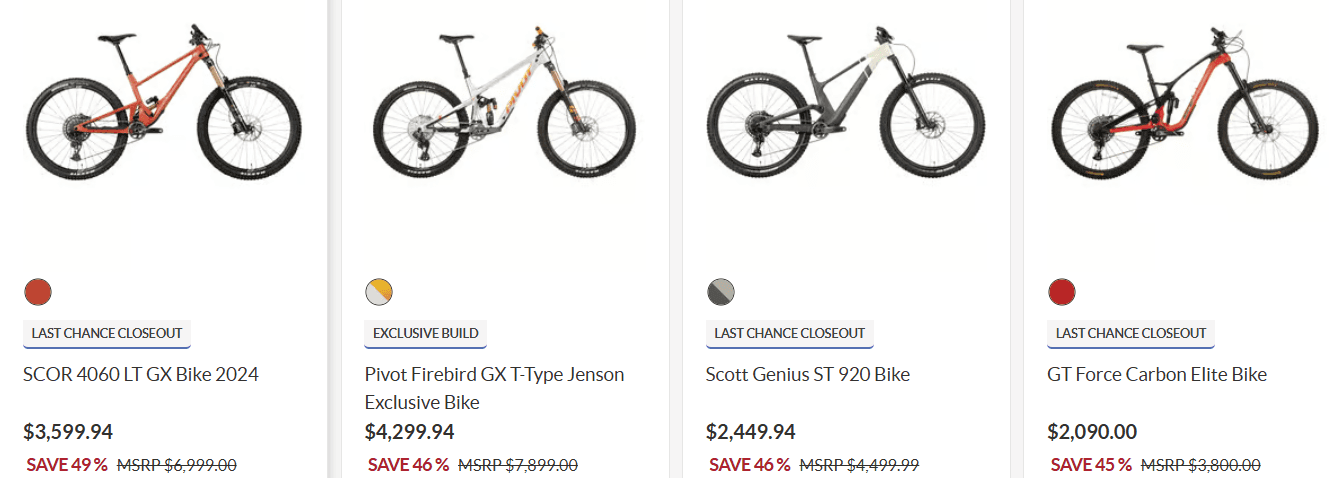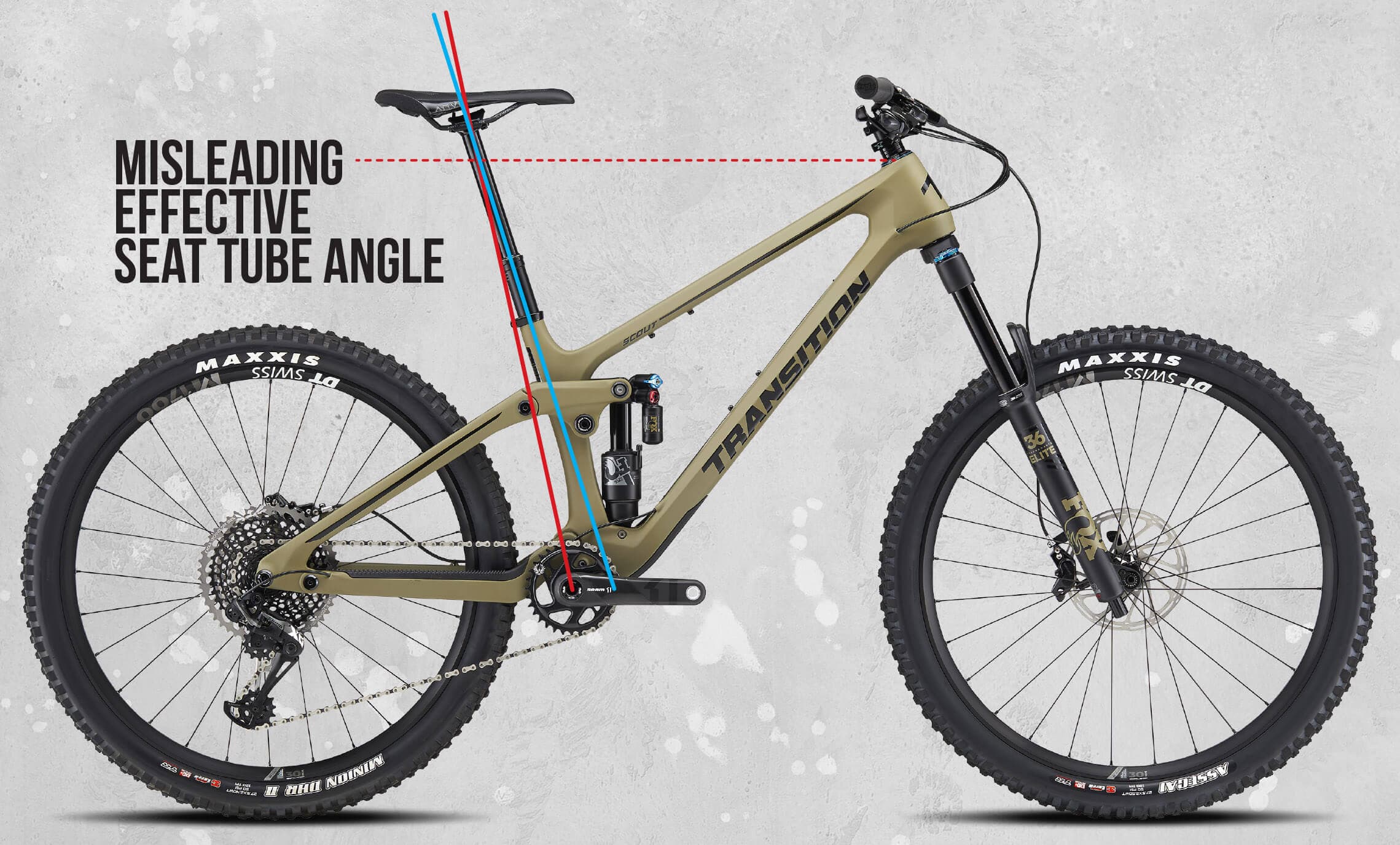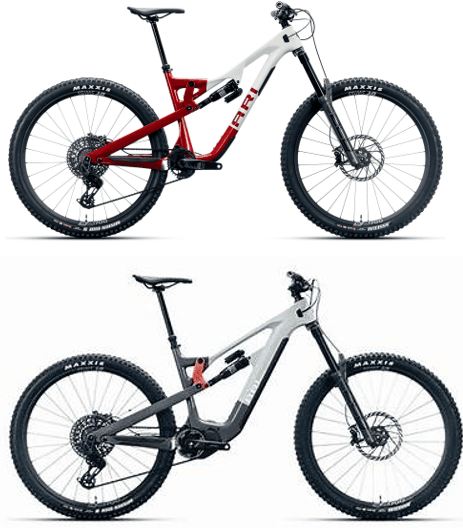Everybody wants a deal

At the time of writing, I work at a large online bike retailer in the USA. My wife has also been a full-time mountain bike athlete and content creator for several years. We live in Bellingham, WA, a true hotbed for the bike industry and passionate riders—an environment that’s had a huge influence on my own cycling experience. Because of this, I’m constantly surrounded by people who are paid to ride, review, promote, sell, design bikes, as well as those aspiring to break into the industry.
Having these connections has occasionally offered me the chance to score some excellent deals straight from brands. I want to be transparent about these affiliations because they directly relate to the purpose of this blog post: to critique the prevailing customer expectation that everyone “deserves” a deal or discount.
Are bikes overpriced? Yes, sometimes.
Let me start with some important context. I do think many bikes and components are overpriced, especially at the high end. The rising costs aren’t doing consumers any real favors (see CyclingIndustry.News and RAF Equity). Research also shows that price is just one part of how we, as consumers, assess overall value—“value” can mean low price, high quality, or an optimal balance, depending on the person (Zeithaml, 1988).
At the same time, I completely get the desire to stretch your dollar as far as possible. There’s absolutely nothing wrong with wanting the best value for your money and everyone loves a good deal. But what “value” means can vary a lot between people, and price is just one dimension.
The real cost of “deals”
My main concern is what happens when the hunt for a deal becomes the norm, regardless of your connection to the industry.
When everyone expects a discount, retail margins get squeezed at every step. That means we aren’t funding the cycling industry in a way that supports fair wages or long-term sustainability (CyclingIndustry.News). Recent research shows that a brand’s “price image”—whether customers see prices as fair, honest, and consistent—has a direct effect on trust, loyalty, and repeat business (Exploring price fairness perceptions).
The industry “bro deal” dilemma
One particularly frustrating issue I see is the widespread sharing of insider discounts and “bro deals.” Many brands offer employee purchase programs as a perk, letting industry workers score gear at reduced prices—helping them ride, advocate, and stay informed about products.
These deals are usually meant for employees only, but they often get handed out to friends, family, and their networks. I know folks with million dollar homes asking for the hookup.
This undermines shop owners and vendors, further eroding already slim margins (NBDA 2022 Cost of Doing Business Study). I totally understand wanting to hook up friends—but if it’s an industry deal, it really should stay within the industry.
I know plenty of folks who could easily pay full price but refuse to, believing a “connection” entitles them to more. In my view, if more people paid full price, retail pricing could better reflect actual selling prices, instead of relying on inflated MSRPs designed just to be discounted later. Ideally, those extra profits would support better wages for the people who keep the sport alive (Zeithaml, 1988).
The broader “race to the bottom”
The second issue is broader, and maybe even more damaging. As someone working for an online retailer, I constantly see customers racing to find the lowest price, pitting bike shops, online outlets, and direct-to-consumer brands against each other.
The real winner is the consume, but only until brands can no longer afford to stay in business (RAF Equity).
It’s common for people to email or call in, hoping for a discount just because they think they can get one. The act of haggling isn’t inherently unreasonable, but it highlights a much bigger problem with how bike products are valued and priced.
It’s almost never about price. If you can afford a $7,000 bike, you can afford the shipping and tax. You would be thrilled with the value if you changed your mindset to smiles per mile, rather than how much you made the seller bleed. Research shows that price alone rarely drives loyalty or satisfaction, perceived fairness and positive value matter much more in the long run (Customer Perceived Value: Meta-analysis).
Real-world examples
Here’s a conversation I deal with every day:
“I'm interested in the Grand Prix 5000 S TR Tire. Your website has it on sale for $95.95. I see that it is available cheaper on other websites. Are you able to provide a larger discount?”
Conversations like this are constant—sometimes it feels like the price is the only thing that matters. But often, it isn’t about saving a few bucks; people just want to feel special, like they’re getting privileged treatment (Exploring price fairness perceptions).
I see it locally too—folks boasting about how little they paid, as if the deal itself was the main achievement.
Here’s another extremely common one:
“I bought a bike/helmet/jersey last week and I see that it’s discounted 10% more this week, and I want a refund on the difference.”
I totally get it. The customer had accepted the value proposition during the initial sale, but got bitter when you ‘could have’ paid a lower price. Sellers are socially bullied into refunds for customer satisfaction, rather than customers being satisfied with their initial choice. Again, it’s almost never about the price. It’s about perception and value (Customer Perceived Value: Meta-analysis).
Personally, I take pride in paying full price when I can. To me, the value is not just in the product, but also in the experience, service, and the ability to shop confidently in the future.
Price wars and community losses
Everyone likes to point fingers—bike shops blame online stores, online sellers blame direct-to-consumer brands.
However, if we compete only on price instead of service, expertise, or community connection, the industry loses something vital. We’re now seeing many beloved brands struggle or disappear. When pricing structures aren’t protected, businesses scramble for shrinking slices of the pie, undermining the traits—service, knowledge, and community—that make this industry unique and rewarding (CyclingIndustry.News).
Conclusion: protecting perks, encouraging fairness
As lovers of bikes and advocates for a healthy industry, we all have a role to play:
If you work in the industry, protect your perks and respect their intended limits. They’re meant to reward your effort and keep you passionate and informed. Retailers should strive for fair pricing that doesn’t require every customer to haggle just to feel valued.
And as consumers, if you can afford to pay retail—consider doing so. You’re not just buying a product, you’re investing in the people, knowledge, and community that keep the sport moving forward. Also, to retailers, if you can protect your margin and make a reasonable and fair profit, let’s lower prices and/or increase wages for industry employees.
Let’s make sure “getting a great deal” doesn’t become the only thing that matters, or even the most important thing. The future of the sport depends on it.
References:
- CyclingIndustry.News: Ditching discounting—Study shows you needn't ride the negative spiral
- RAF Equity: Beyond the Bullwhip—Taking Stock of the Bicycle Industry
- Zeithaml, V.A. (1988). "Consumer Perceptions of Price, Quality, and Value." Journal of Marketing
- Customer Perceived Value: A Comprehensive Meta-analysis (SAGE Journals, 2024)
- Exploring price fairness perceptions and their influence on consumer behavior (ScienceDirect, 2016)
- NBDA: 2022 Cost of Doing Business Study

